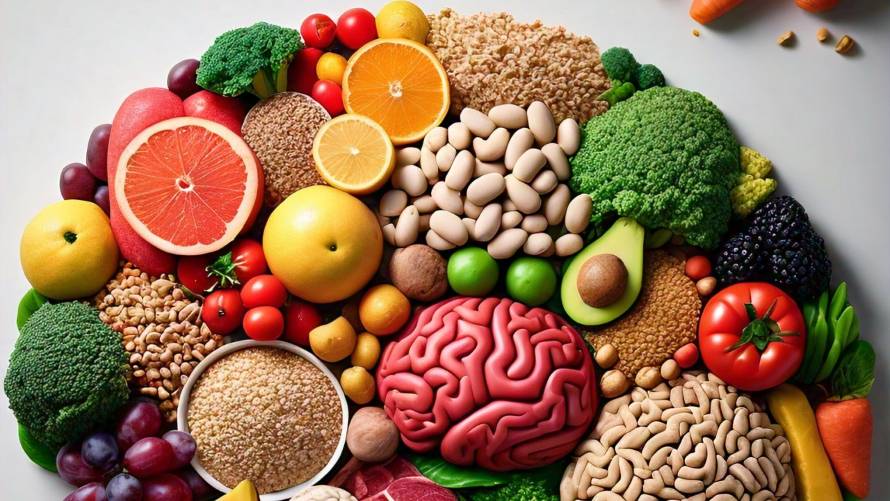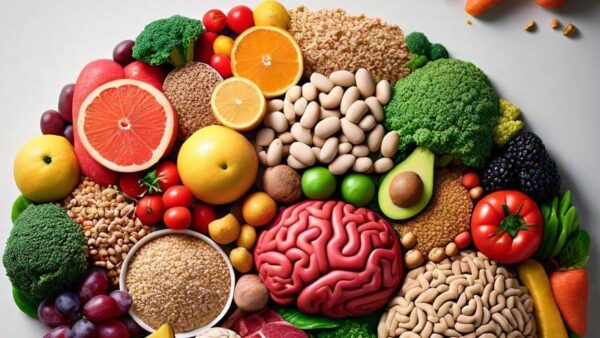Weak Brain Connections Linked to Higher BMI


The eternal struggle between the allure of food and the wisdom to stop eating when full may have its roots deep within the brain. Scientists at Northwestern Medicine have uncovered a little-known structural link between two brain regions that could hold the key to understanding why some people can easily put down their forks when sated, while others continue to eat past the point of comfort.
A Tale of Two Brain Regions
The study, published in the Journal of Neuroscience, zeroes in on the connection between the olfactory tubercle, a region involved in the sense of smell and reward processing, and the periaqueductal gray (PAG), a midbrain area associated with negative feelings like pain and the potential suppression of eating. The weaker this connection, the higher a person’s Body Mass Index (BMI) tends to be, the researchers found.
“The desire to eat is related to how appealing the smell of food is — food smells better when you are hungry than when you are full,” explained Guangyu Zhou, the study’s corresponding author and research assistant professor of neurology at Northwestern University Feinberg School of Medicine. “But if the brain circuits that help guide this behavior are disrupted, these signals may get confused, leading to food being rewarding even when you are full.”
The Brain’s “Stop Eating” Switch
Though not directly demonstrated in this study, the authors hypothesize that robust connections between these reward and behavior areas may act as a kind of “stop eating” switch in the brain, signaling that eating is no longer pleasurable when a person is full. Weak or disrupted circuits, however, may fail to send these stop signals, leading to overeating even in the absence of hunger.
To uncover these correlations, the researchers delved into MRI brain data from the Human Connectome Project, a large-scale NIH endeavor to map the human brain’s networks. They then replicated their findings in a smaller MRI dataset collected in their own lab at Northwestern.
While more research is needed to pinpoint the precise mechanisms at play, the study’s senior author, Christina Zelano, associate professor of neurology at Feinberg, emphasized the importance of understanding these basic brain processes as a foundation for future treatments for overeating.
As the scientific community continues to unravel the intricate dance between the brain, hunger, and eating behavior, these findings offer a tantalizing glimpse into the neural underpinnings of a struggle that is all too familiar to many. With further research, this newfound knowledge may one day help pave the way for more effective interventions for obesity and related health issues.
